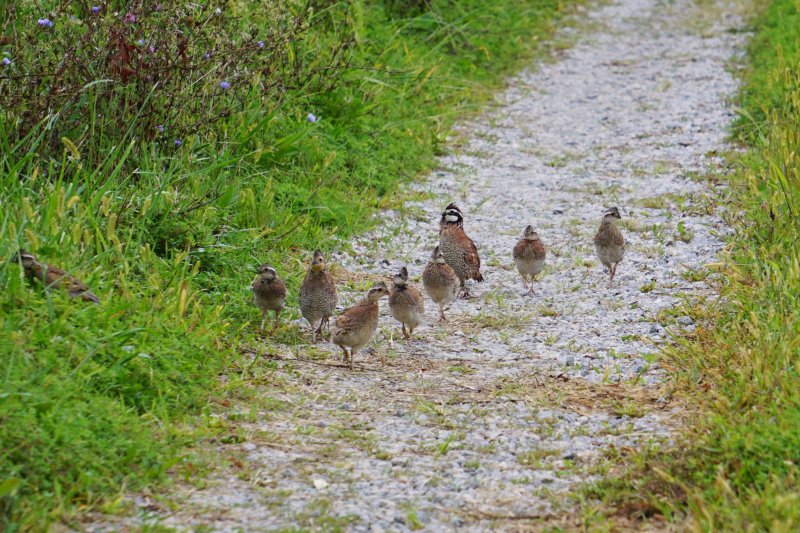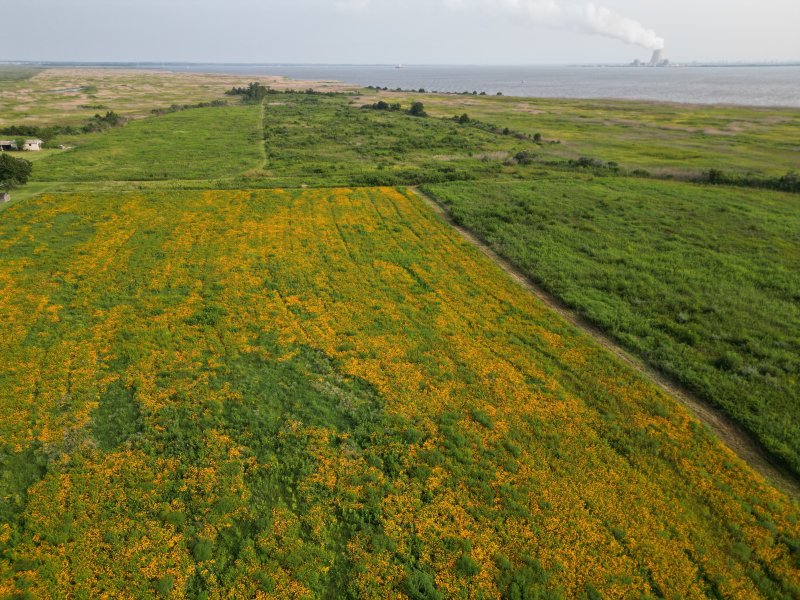Northern bobwhite quail populations have drastically declined on the Delmarva Peninsula over the last 60 years due to habitat loss, and there are many thoughts and theories on best practices to help restore the population. Restoration efforts like those by Delaware Wild Lands are showing positive results.
Northern bobwhite are social birds, typically found in coveys of three to 20 individuals. Each fall, DWL staff and volunteers conduct covey call surveys throughout the nonprofit’s Taylors Bridge Complex to monitor the population and get an idea of which habitats the birds are using.
DWL focuses on creating early successional habitats with native grass, forb and shrub fields that provide essential food, nesting and winter cover. Native beneficial species planted include partridge pea, little bluestem and eastern red cedar. In partnership with the Department of Natural Resources and Environmental Control’s Division of Fish & Wildlife, DWL manages hundreds of acres of early successional habitat in southern New Castle County.
“We have already seen an increase in the number of coveys on the landscape since we started more strategic restoration projects in 2021; it’s really exciting!” said Hannah Small, Delaware Wild Lands restoration and research manager.
Everyone can help wildlife conservation by supporting organizations like Delaware Wild Lands, and partnering with them and government programs that assist private landowners in managing their properties for quail. Such programs are offered by the U.S. Department of Agriculture’s Natural Resources Conservation Service, Ducks Unlimited, Tall Timbers and Delaware DNREC. These programs often provide technical assistance, cost-share funding for habitat improvements and other resources to help landowners enhance their property for wildlife.
For more information about Delaware Wild Lands and how to promote its work, go to dewildlands.org.






















































